Follow Cooper on telegram here. And as always, the indentation blocks are my additions.
A prefatory note: I recently found myself discussing research topics with a friend of mine. He suggested that we should be focusing on Canada’s change in immigration policy from the 60’s onward. This took place in conjunction with the new policy of multiculturalism; both were highly destructive. Works like Duschesne’s “Canada in Decay” have touched on this era. My feeling, though, is that the ideas and people that led to this travesty have not been fleshed out. I aim to spend the next while looking into these things; I’ll be sure to update you with articles along the way. These pieces may be more speculative than what you’re used to. I am trying to put together a big picture here but understand that I’m learning as I go. The end goal is a video essay or long-form written piece.
In the meantime, if you have a hankering for my usual stuff we’re doing plenty of silly Native/Bleg/Nose People content on our podcast, “Honkey Night in Canada”. Episodes can be found on my telegram. Note over.
Pierre Trudeau is viewed as the major architect behind Canada’s move to multiculturalism. This is mostly to do with his response to the Royal Commission on Bilingualism and Biculturalism. When one looks at right-wing criticism of Trudeau, things usually boil down to him being a libtard; that’s it. Something I do know from examining Canada’s decline is that post world war 2 attitude changes towards the “other” stem back to the 1948 United Nations Universal Declaration of Human Rights. This extremely Jew’d document, obsessed with condemning National Socialism, became the benchmark for Schlomo’s agitating through the 1950s and onward. The Big Man himself, Disgruntled Leaf, covered the period beautifully in this video. Just watch it if you haven’t done so already; if anyone knows where he is, let him know that we miss his content!
That is indeed a good video. It’s five years old, and I’m surprised that it survived what must be multiple rounds of e-holocausting from (((Susan Wojcicki))). Unfortunately, he has not uploaded since at least four years ago.
Okay, so we know that where there’s smoke, there’s Jews. Let’s examine that. When I first started checking out Pierre Trudeau, I encountered a host of (((dual-citizens))) bragging about just how many Jews Mr T. was wrapped up with. This notion was all over two books on my shelf: Harold Troper’s “The Defining Decade” and Allan Levine’s “Seeking the Fabled City”. Troper writes that “jews influenced Trudeau’s thinking, the unfolding of his political career, and the organization of his government and its policy initiatives” (Troper, p. 204). Quoting Larry Zolf, Troper further asserts that “Trudeau’s love affair with jews is probably the maddest and most passionate fling that Trudeau ever flung” (Troper, p. 205). He had jewish advisers and made himself available to the jewish community (JTA).
Pierre’s administration was certainly filled with Nosebergs. Among them were Maxwell Cohen (representative to the Hague), Allan Gotlieb (Ambassador to the USA), H. Carl Goldenberg, Simon Raisman, Berand and Sylvia Ostry, Jerry Grafstein, Mickey Cohen, and Jack Austin (Troper, p. 217). Trudeau-era jewish appointees to the judiciary included Bora Laskin (Supreme Court Chief Justice), Samuel Freedman, Nataniel Nemetz, Alan B. Gold, and Constance Glube (Troper, p. 217, Levine, p. 247). His campaign for PM was at least partly funded by wealthy jews. Some of these, he wooed at the 1968 annual meeting of the Liberal Party of Ontario. Robert Kaplan, one of Pierre’s friends, is said to have enlisted his father-in-law as another big Trudeau donor (Troper, 214, 216). The federal election of 1968 saw an unprecedented eight jewish MP’s take seats in the house of Commons (Levine, p. 271). Windsor MP Herb Gray would later be promoted to the cabinet, making him the first Jew federal minister (Levine, p. 272). These were “numbers that would have been unimaginable only a few years earlier” (Troper, p. 206).
The significant presence of Jews near Trudeau coincided with policy that increased his reputation greatly among the self-proclaimed chosen race. Here was a man who not only represented the most Jew riding (Mount Royal at 38%) in Canada (Troper, p 210,214), but, as Levine writes “anointed multiculturalism as a major policy promoted by his government, which, in theory, at least, significantly altered Canadian values to the betterment of jews” (Levine, p. 1). The dawn of multiculturalism made jews “somewhat more comfortable in their own skins” (Levine, p. 255). When it came to Prime Ministers, Trudeau was “the most “jew-friendly” leader in Canadian history (Levine, p. 271, 272).
Better altered Canadian policy to “the betterment of Jews,” specifically through the destruction of White People. Make no mistake, those Jews were 95+% Jew nationalists who support a Jews only immigration policy to their country, occupied Palestine.
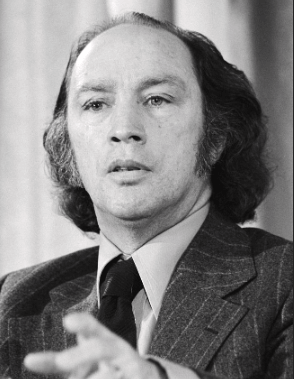
Pierre Trudeau
One of said Jews, Allan Gotlieb, has asserted that this overrepresentation of jews was simply part of Trudeau’s desire for well-qualified and intelligent employees (Levine, p. 272). Indeed, when attending a delegation of jewish leaders, this abundance of jews was pointed out to Trudeau. In response, he flippantly remarked, “yes, that is a lot of jews, isn’t it” (p. 272).
Whether Trudeau was consciously aware of this rapid demographic recomposition is not really the point. He was, after all, completely psy-opped by jewish bullshit in his formative years (more on this to come). What matters is how monumental the change was. As an example, In the 60’s Jews were still not even allowed in elite social clubs. When the Rideau Club changed this policy in 1964 amid much pressure, it was one of the first clubs to do so (Troper, p. 251). In 1972 this exclusionary policy remained in some parts of Canada. In that year BC Premier (((Dave Barrett))) was named an honorary member of the Vancouver Club, but Jews were still not allowed INSIDE the joint (Troper, p. 252). Trudeau, being no stranger to Jews, had no such reservations about their inclusion.
The limited number of Jews cannot be credited strictly to the Liberal party, either. Lester Pearson, the Prime Minister preceding Trudeau, had only a few of them in his government. This was much lamented as evidence of a glass ceiling (Troper, p. 216). Jerry Grafstein would recall a conversation with PM Pearson on the matter:
Pearson: “Too bad we don’t have more of your persuasion [jews] in our government”
Grafstein: “Your government wouldn’t be in the shit it’s in if there were more of us”.
Pearson: “You’re right”. (Troper, p. 216)
In fact, one of the lonely jews in Pearson’s administration, Louis Rasminsky, a holdover from Diefenbaker’s rule, was passed over for his job (Governor of the Bank of Canada) in years previous. This was due solely to his racial origins (Levine, p. 249). It is apparent that the same “antisemetism” which prevailed in the leisure time of elites was replicated in the political sphere. One must remember that restrictive covenants, many of them forbidding the selling of property to jews, were only banned in Ontario in 1950 (Lambertson, p. 234). It was the first province to do so.
I don’t take Levine at his word that the Jew Louis Rasminsky was howwibly oppwessed because he was a Jew. Given the history of Der Schlomo’s invented victimhood I’d like to see more evidence than “trust me, Goy.” Also, that these covenants were only banned in 1950 says little, as it’s likely that they were very rare in practice.
Why were Jews kept out of positions of power? Some might say that it was unsubstantiated bigotry. Could be. Much like the Bible thumpers in the 80’s, who complained about what gay inclusion would need to (the slippery slope to trans kids, et. al.), the Goyim were right to be wary. The ZOG revolution and its consequences have been a disaster for Canadians, which is why I support the NJP’s 2% cap proposal (National Justice Party, point 4).
The Trudeau administration’s precedent-setting led to a dissolution of pro-Goyim gatekeeping. It was a “rebound effect”. Troper writes:
“If this or that deputy minister was a jew, this or that federal judge a jew, economic, political and even social sectors still closed to jews had no choice but to take notice and eventually even follow suit. Self-interest demanded it. The bottom line demanded it. Who would want to stand accused of violating the new spirit of openness in the land? Who could afford to run afoul of a newly minted jewish assistant deputy minister or judge who might not look kindly at an old-school clubiness that barred jews[?]” (Troper, p. 219-20).
This attitude of changing behaviours irrespective of whether folks’ minds change mirrors that of Kalmen Kaplansky, who is covered in the Disgruntled Leaf video (Lambertson, p. 297). When ideology fails, Jews will always turn to intimidation. Recent actions by the ADL (REL Kanye, Kyrie) demonstrate this clearly.
An ideological transformation in Pierre himself did take place. Though a child of what was, at the time, considered “mixed blood”, he was in line with the other Francophone youth. Namely, he was “nationalistic, anti-semetic, and anti-English” (English, p. 43). These sentiments found expression in young Trudea’s 1938 play “Dupés”. In it, a struggling Quebecois businessman, Jean-Baptiste Couture, tries to bring in patrons by jewing his establishment up. He changes the business’ name to “Goldenburg, Tailor”. Its frontage is changed from “help our own” to “We sell for less”. Couture’s acquaintance, Jean Ditreau, further instructs him to sell American magazines and install a soda fountain in the store. Jean-Baptiste even starts talking in the “manner of a jew” to his customers. All of this, to curry favour with the average French Canadian, who, Trudeau expresses, would rather buy from jews than his own countryman (English, p. 42). This was during a period when Jew shopkeepers were seemingly everywhere in Montreal (English, p. 49).
Later, in 1942, Trudeau gave an impromptu speech denouncing the LIberals, minimizing the German threat, and ridiculing PM MacKenzie King. He compared the past fight against the Iroquois to fighting English Canadian intrusion (“today [the fight] is against other savages”). His speech also attacked “immigrants”, who, in Montreal, were mainly jews (English, p. 96). Trudeau was against the gerrymandering of districts for the benefit of jews, saying after one local election “we know that in a constituency two-thirds jewish and English, a nationalist and anti-bourgeois candidate would not have great appeal”. (English, p.97).
One wonders: how could such a seemingly based Lad become so gay? This metamorphosis can be attributed to Trudeau’s studies abroad at Harvard (‘44-’46’), in Paris (46‘-47’), and in London (‘47-’48). This was the time, as English writes, that “he unloaded some baggage that had become offensive or superfluous: the former included the casual anti-semetism of his youth” (English, p. 109). Harvard, when Pierre arrived, was a safe space for “Central European minds” fleeing “fascist persecution”. It was here, “for the first time, [that] Trudeau encountered jewish intellectuals” (English, p. 123-4). He began to read about fascism, and a particular encounter with (((Franz Neumann’s))) “Behemoth” imbued him with anti-Hitlerian sentiment (English, p. 127). He began to see the second world war as “the greatest cataclysm of all time” (English, p. 128), and his values became “increasingly cosmopolitan” (English, p. 134).
In Paris, Trudeau fully committed to his task of “reconcil[ing] Catholicism, modernism, and Communism” (English, p. 145). The City’s academia was thoroughly leftist, and specifically Communist (English, p. 149). “Personalism” became a large part of this thinking; this was something he described as “a philosophy that reconciles the individual and society”. Trudeau explained further: “The person…is the individual enriched with a social conscience, integrated into the life of the communities around him and the economic context of his time” (English, p. 147-8). We can see these ideas in Pierre’s promotion of the “Just Society” and Federalism during his tenure as PM. It stands to reason, then, that this was indeed a time of great influence in his life. Freudian psychoanalysis became an interest of Trudeau’s. HIs therapist in Paris’ commitment to Freud was such that he had “paid tribute” to ole Sigmund during the former N.S. occupation. He had sometimes done so in front of German officers (English, p. 153).
At Harvard, Pierre learned to love Jews, and to hate Hitler. In Paris, he became infatuated with Communism and Freudian bullshit. It was at the London School of Economics, however, that he found (((Harold Laski))). His lasting memory of Laski’s teachings was evidenced in 1962. In this year a Qubecois journalist asked Trudeau, and ninety-six other prominent Quebecers, to name “those who had influenced them most”. Almost all picked other Francophones. Trudeau however, chose only one Frenchmen. Of his other choices, “three were British, two were jewish” (Freud being a jew, and Laski being both jewish and “British”) (English, p. 107-8).
Harold Laski was the LSE’s “most noted faculty member” at the time. He was a Labour Party adviser who praised the USSR as the Cold War began. He became a critic of Labour policy as it allied with the West against the Soviets. From Laski’s perspective “it was Labour’s first interest to come to terms with Soviet Communism”. This was because the USSR, “though corrupted by power, represented the ideal of economic equality and justice without which there could be no true democracy” (English, p. 172). Laski had connections with the Frankfurt school, and helped establish a London office for its use. He was also, not surprisingly, a spokesperson for Marxism, an advocate for a violent, workers’ revolution, and an avid Zionist (wiki). Both Stalinism and the sheer dynamism of post-war America attracted Laski (English, p. 195); his struggle to choose between them was what we TRS-respectors would call a Kosher A/B test.

Trudeau adopted Harold Laski as a mentor, labeling him “an absolutely outstanding mind” (English, p. 17). Studying under the jewish prof cemented his belief in Federalism (English, p. 195). Laski himself was intrigued by Trudeau’s thesis, which aimed to reconcile Communism and Christ (as noted previously) (English, p. 171-2). Oddly enough, Laski was quoted as saying “it is impossible to make peace with the Roman Catholic Church. It is one of the permanent enemies of all that is decent in the human spirit” (wiki). Disingenuousness of the professor aside, It was official: long from being a nationalist and an anti-semite, Pierre was now walking in the shadow of a Jew zionist. Everything “came together” at LSE, and he was inspired to pursue politics in Canada (English, p. 171-2).
If doubt of Pierre Trudeau’s philo-semitism exists, one need only examine his acceptance of the ADL “Canadian Family of Man” award in February of 1970. Embracing the honour, Trudeau said: “The Canadian brotherhood within which the jews form a community…is truly remarkable for its origins and for the quality of its contribution to the Canadian way of life…So outstanding is the jewish contribution that it is difficult to imagine our society without it.” (p. 1-2). He may have been more right than he knew, although we would say as much in a thoroughly pessimistic sense.
I didn’t know that Pierre Trudeau accepted an award from the ADL. And yet, I am only mildly surprised.
We have explored how Pierre Trudeau, the unfortunate architect of modern Canada, was both influenced by Jews, and very partial to them. His administration saw an elevation of many Jews to positions of power that, in turn, allowed them to escape any remaining stronghold of WASP “persecution”. You can expect more articles in the near future delving into the enactment of multiculturalism. I might first circle back into immigration reforms that preceded Trudeau. It all depends what direction things flow in.
As always, thanks for reading, and Merry Christmas!
SOURCES:
The Defining Decade, Harold Troper
Seeking the Fabled City, Allan Levine
Citizen of the World: The Life of Pierre Elliott Trudeau Volume One: 1919-1968, John English
https://www.jta.org/2000/10/03/lifestyle/trudeau-remembered-as-friend-to-canadas-jews
http://www.biographi.ca/en/bio/trudeau_pierre_elliott_22E.html
https://en.wikipedia.org/wiki/Harold_Laski
Repression and Resistance: Canadian Human Rights Activists, 1930-1960, Ross Lambertson
https://nationaljusticeparty.com/platform/
Thanks to Cooper for another informative piece on the sordid past of Canada. If you’re wondering why he wished you all a Merry Christmas, he submitted this to the site well in advance of Christmas. I have been taking the holidays off, which is why you’re seeing this published now on the 31st.

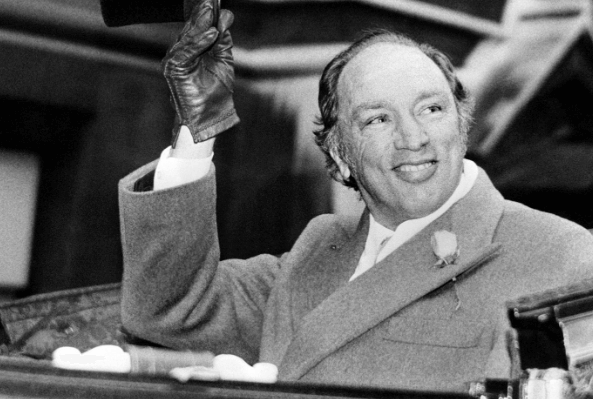

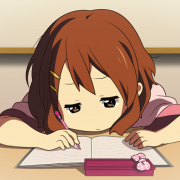
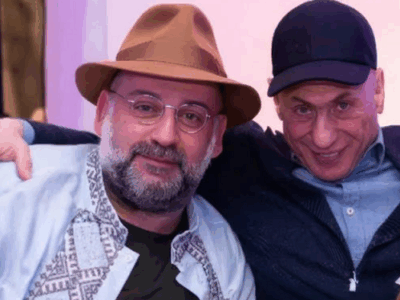
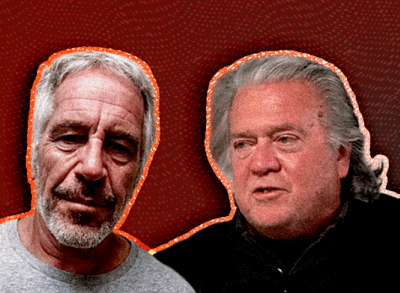

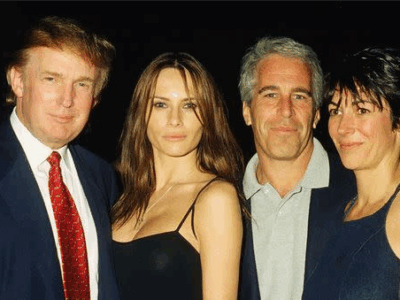
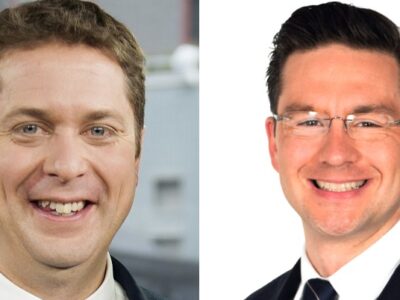
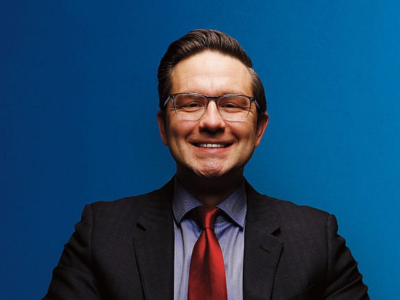
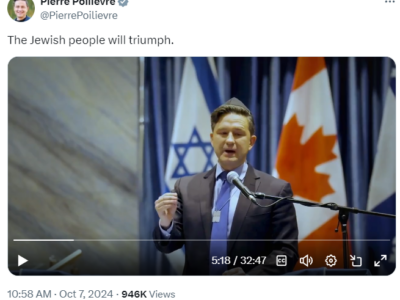
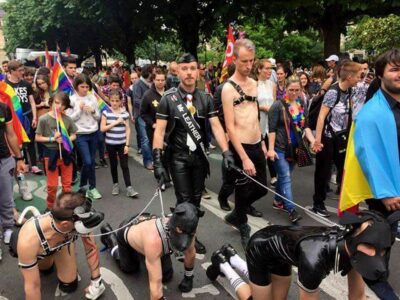

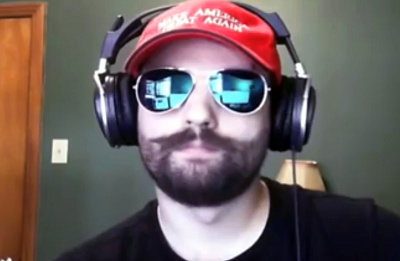
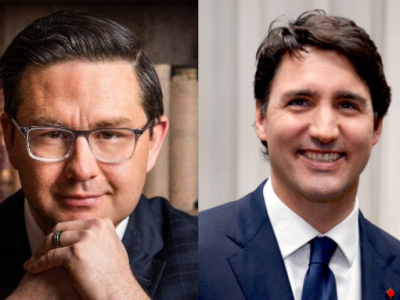
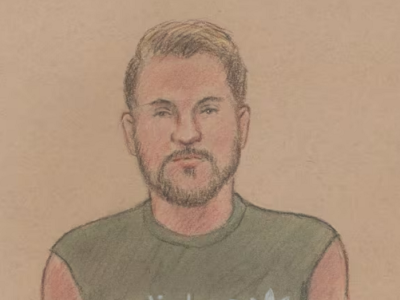
So Canada was US-Light during all of history.
No big surprise there.
The Tribe of Global Lord-osity has been playing a global Lordal game for a cople centuries now, at least.
And by the way, the guy is an obvious Poofter – and gosh what a trendsetter, watching his wife have sex with Castro to spawn the next generation of eunuchs who somehow don’t end up on a Vlad Pole or hanging from a lamp post. Those fates are reserved for Kennedies and Hitlers because we live in a series of ones and zeros.
I like normal canadians, they party hard like australians. What else to do when you’re freezing your arse off. Except Neil Young….Wanker., and Joni Mitchell, all sellout dumbsheet pro-vax baby boomer drones.
I enjoyed the history lesson. I look forward to upcoming episodes. Great stuff. In meantime Merry Christmas and all the best in the New Year!
[…] Cooper – Pierre Trudeau and (((Friends))): A Canadian HHeritage Moment […]
https://www.bibliotecapleyades.net/sociopolitica/esp_sociopol_nwo154.htm
Check out the role of Pierre Trudeau in working with Gunther Plaut and others after 1965 in drafting and then enacting the “hate speech” of Canada provisions oCanada’s criminal code.
https://digitalcommons.osgoode.yorku.ca/cgi/viewcontent.cgi?referer=&httpsredir=1&article=2391&context=ohlj
[…] he was, needed to be re-educated by Jews at Harvard to become the mass-immigration proponent we remember him as. It could be said that the USA was the natural gathering place for Jews to consolidate […]
[…] he was, needed to be re-educated by Jews at Harvard to become the mass-immigration proponent we remember him as. It could be said that the USA was the natural gathering place for Jews to consolidate […]